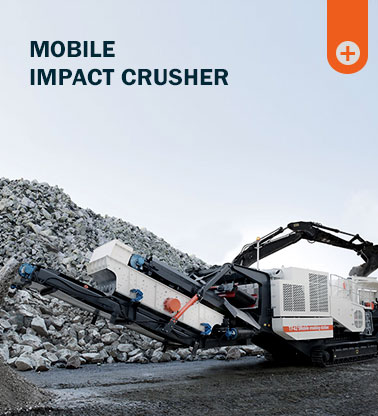Designing a ball mill for use in Ethiopia (or any location) requires careful consideration of several factors, including the intended application, material properties, available resources, and local conditions. Below is a structured approach to designing a ball mill for Ethiopia:
.jpg) Key Design Considerations for a Ball Mill in Ethiopia
Key Design Considerations for a Ball Mill in Ethiopia
1. Purpose of the Ball Mill
– Grinding ore (e.g., gold, copper, tantalum)?
– Cement production?
– Ceramics or other industrial minerals?
2. Material to be Ground
– Feed size (e.g., 10–25 mm for ore)
– Hardness (Mohs scale)
– Moisture content
3. Capacity Requirements
– Small-scale (artisanal mining: 0.5–5 tons/hr)
– Medium-scale (5–50 tons/hr)
– Large-scale industrial (>50 tons/hr)
4. Power Supply
– Grid electricity availability (Ethiopia has hydropower but rural areas may rely on diesel generators).
– Motor selection (AC/DC, variable speed if needed).
5. Mill Type Selection
– Wet grinding vs. dry grinding (wet is common for minerals).
– Batch vs. continuous operation.
6. Mill Dimensions & Critical Parameters
– Diameter (D) and Length (L) ratio: Typically \( L/D = 1.5–2 \) for industrial mills.
– Rotation speed: Usually 65–80% of critical speed (\( N_c = \frac{42.3}{\sqrt{D}} \) rpm).
– Ball charge: 30–45% of mill volume; steel balls (~25–100 mm diameter).
7. Liner & Grinding Media Selection
– Steel, rubber, or ceramic liners depending on abrasiveness.
– High-chrome steel balls are common but costly; local alternatives may be considered.
8. Local Manufacturing & Maintenance
– Availability of steel fabrication workshops in Ethiopia (e.g., Addis Ababa, Dire Dawa).
– Ease of maintenance with locally available tools and spare parts.
 Basic Design Calculations
Basic Design Calculations
1. Mill Volume Requirement:
\[
V = \frac{Q \times t}{60 \times C \times f}
\]
Where:





Leave a Reply